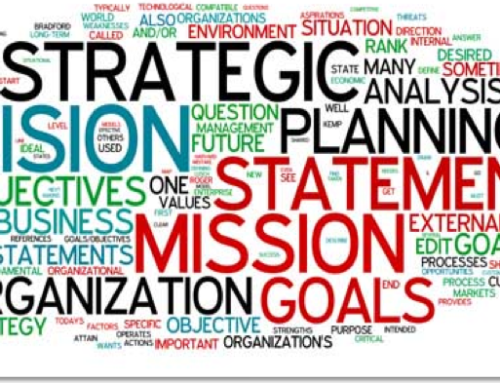 Guest Post by Elaine Hughes
Guest Post by Elaine Hughes
“Doors that Manuel Rosado never knew existed are now opening to him.”
Compelling stories are memorable and can trigger powerful emotions in potential customers and donors. For Manuel Rosado, The Philadelphia Inquirer profiled his journey from drop-out to valedictorian, resulting in a donor stepping forward to pay his entire college tuition. The feature story also illustrated how the Philadelphia Education Fund helps underserved kids transition to college, raising the nonprofit’s profile prior to their annual Eddy Awards and end-of-year fundraising campaign.
Whether you’re publicizing a fundraiser, milestone or new service, stories can help to drive your organization beyond the business briefs and closer to the front page. Here are some tips on getting your story noticed:
1. Find the story hook.
While there is no one-size-fits-all formula, below are some potential angles:
A personal connection to the event or issue:
- A survivor of a disease or circumstance (domestic violence, homelessness, poverty, a hurricane or other weather-related condition, etc.)
- A family member or friend who is impacted by the disease or circumstance
Unexpected roles:
- College drop-out who now runs a multi-million corporation
- An electrician who is also an opera singer
- Someone in a wheelchair who “dances” in a theater production
Overcoming obstacles:
- Battle against a disease or chronic disease/condition (could range from diabetes to dyslexia)
- Lowering office injuries by implementing a new safety program
- Having a book rejected multiple times
- Completing a marathon or a triathlon
2. Find out how they did it.
Arrange to talk with any potential interviewees. In person is best, phone is okay, but email rarely works. Ask open-ended questions that will help you to understand what motivates the interviewee and how they achieved (or are in the process of achieving) their goal:
- What inspired you to take this path? (To become a doctor, to start a business, or to sign up for a marathon)
- What would you consider to be your greatest accomplishment?
- How did you prepare for this goal?
- What was your biggest challenge in accomplishing this goal?
- What is something you would like to accomplish in the future?
3. Open with a moment.
“If you’re writing about seeing a snake at a picnic, for gosh sake, start with the snake. Don’t start with fixing the sandwiches,” says communications coach Ann Wylie. In a similar fashion, feature a compelling moment in your pitch. Here are some examples:
- Formation of an Idea – The idea was sparked during the emptying of a filing cabinet. Finding annual campus bird surveys from 1965 and 1966, science teacher Karen Smith felt inspired to bring back the spring tradition.
- A Turning Point – Weeping from joy and anguish, Felicia Menna describes her attacker’s two-year prison sentence as “the end of a living nightmare.” “I slept well for the first time in years,” says Felicia who endured brutal beatings, stalking, harassment, and break-ins by the father of her six-year-old son.
- Setting the Stage – Even as a veteran teacher, Ambra Hook envisions herself commanding a spaceship. A cartoon””depicting “Captain Hook” on a launch pad””reminds her students of the possibility each day. “It’s my job to inspire students,” says Ambra who builds catapults, designs race cars and floats rafts. Her classroom is filled with wrenches, scraps of wood, and colorful schematics.
Sooner or later, your organization will need to reach out to the media. By telling a story, you can drive greater visibility and a more memorable article that will help to push your organization to the front and center of (positive) attention.
Image: Olu Eletu via Unsplash, CC Zero
 Elaine Hughes is a former news reporter who takes a journalistic approach to marketing. She loves chocolate, and hiking in the mountains. You can connect with her via Twitter.
Elaine Hughes is a former news reporter who takes a journalistic approach to marketing. She loves chocolate, and hiking in the mountains. You can connect with her via Twitter.
![[EVENT]: PR Hacks for Small Biz (online)](https://shonaliburke.com/wp-content/uploads/2021/06/FB-Ad-1200x800-01-01-01-Copy-500x383.jpeg)








Leave A Comment